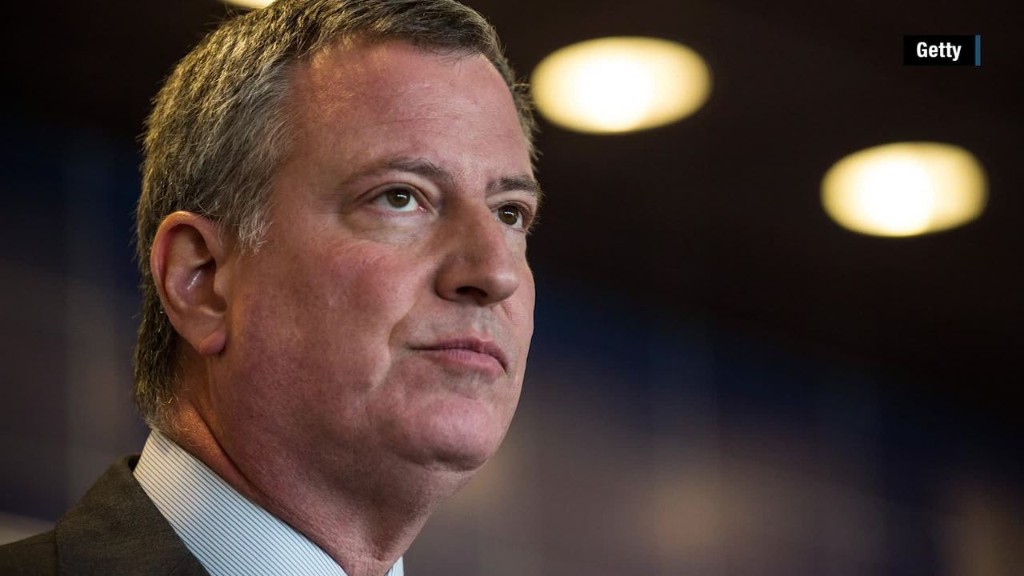
Uber says there are no phantom cars in its app. At least not intentionally.
Earlier this week, a post on Vice alleged that Uber misleads riders by showing cars on the map that aren't actually available.
It's safe to say that most Uber customers believe they're looking at a map of real-time availability when they open the app. But the Vice story said an Uber Help staff member referred to Uber's in-app map as a "screen saver on a computer."
"I know this seems misleading to you but it is meant as more of a visual effect more than an accurate location of drivers in the area," wrote the Uber staff member.
Uber said this explanation is inaccurate -- that's not how its app works. The objects -- or cars -- in your Uber app are meant to be representative of what's really out there on the road.
"Our goal is for the number of cars and their location to be as accurate as possible in real time," an Uber spokesperson wrote in an e-mail statement.
Uber said it doesn't inflate the number of cars on the road. If anything, there might be fewer cars shown on the app than exist in real life. Visually speaking, Uber doesn't want to overwhelm its customers.
"The app only shows the nearest eight cars to avoid cluttering the screen," said Uber.
The Vice story, written by two people from research institute Data & Society, is the culmination of a six-month study on Uber drivers and how they interact with the app, according to author Alex Rosenblat. She noted that many drivers discussed "fake cars they see on their own residential street."
The article thus speculates that phantom cars could be intentional on Uber's part: "If a potential passenger opened up the app and saw no cars around, she might take another cab service."
Uber denies this. While it is possible that a customer might wait longer than expected for a car, even if it appears to be down the road, it's not a means of trickery.
The fact that cars are constantly on the move means there might be a slight delay in viewing car locations (which Rosenblat cites).
Uber also said it doesn't reveal the specific location of cars until a ride is requested in order to protect drivers from potentially dangerous scenarios, like the recent riots in France.
When contacted for more information about the study, Data & Society told CNNMoney that it plans to publish its findings and methodology in a future paper.
"None of the explanations, that we've seen, dispute the experiences of the drivers," a staff member said in an email. "We would love to know more about what's happening in Uber's system in these cases."
For its part, Uber said it will continue to invest in its technology to create the best possible experience for Uber riders and drivers.

